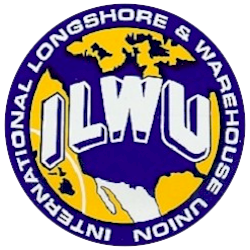
History of the Union Blue Book

History of the Union Blue Book
The Blue Book
In 1916 the Blue Book signed a contract with the shipowners in San Francisco to act as the sole representative of the longshoremen in labor disputes. It was really just a scheme by the shipowners to prevent a bonafide union from organizing their workers. The Blue Book served no one's interests but the shipping companies', which meant bad working conditions for Harry Bridges and other longshoremen.
Under the Blue Book, if a man wanted a job as a longshoreman he had to show up near the docks early in the morning to gather with other potential workers in the street. The foremen for the ship owners would then come down to where the men had gathered and select who they wanted for the day.
As the morning wore on the area surrounding the docks would quickly become crowded with people going to work and passengers departing or arriving by ship. If the men waiting to be hired were sufficient in number to start obstructing the flow of people, the police would then come down and shoo them off. Such a hiring process could be very humiliating for the men.
Conditions under the Blue Book also led to what is known as a "speed-up". During the speed-up workers were plentiful enough that the foreman at a site could, on a whim, replace any man that he felt wasn't working fast enough with another man that was waiting for a job.
This meant that every man at a site had to work the absolute fastest he could for fear of losing his job. Unfortunately, the fastest for many men, was not fast enough to be able to compete with younger men.
In 1924, the Blue Book's contract with the ship owners expired. As the date when the contract would expire neared, there was a growing attempt to revive an old AFL union. Some of the people trying to revive the old union marched in the Labor Day parade that year in support of the union. When the Blue Book's contract was renewed for another five years, the marchers in the parade were blacklisted.
For a couple years they had difficulty finding jobs as longshoremen. The U.S. citizens were able to get some work at the army transport docks, while the non-citizens went to the Japanese lines, the only lines not affiliated with the Blue Book. Harry Bridges was among the marchers who found work with the Japanese lines.
In 1926 and ‘27 Bridges paid his dues with the Blue Book and went back to work for the other lines. In 1927 he lost his job when he asked a Blue Book representative to settle a wages dispute for him. He then joined a steel handling gang that he worked with until 1932.